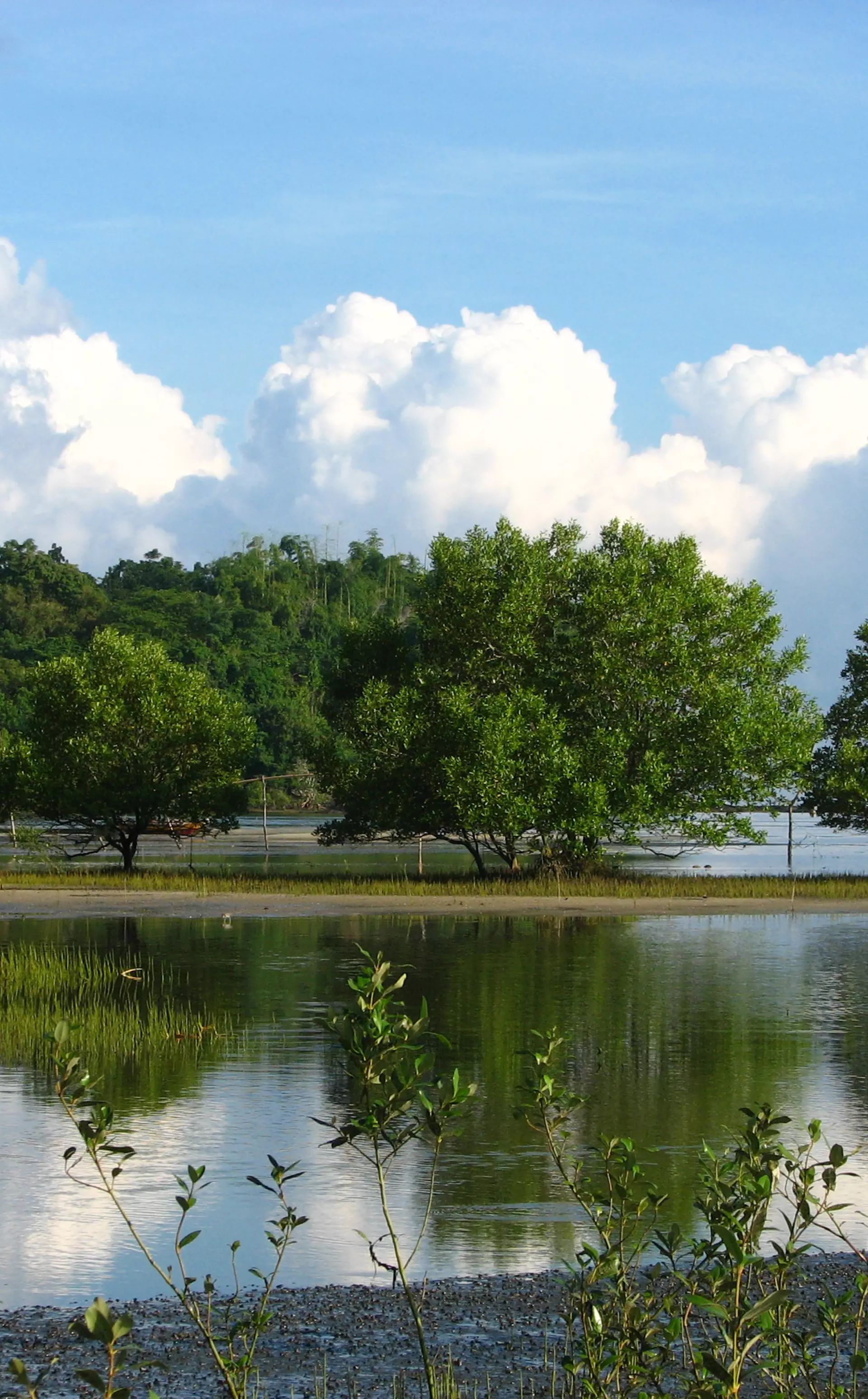Monitored wildlife populations have decreased on average by 73% between 1970 and 2020
These findings, from the latest Living Planet Index by our Institute of Zoology – the most comprehensive measure of vertebrate population trends across the globe.
The Living Planet Index informs WWF’s bi-annual Living Planet Report 2024.
What does this mean for nature, and what do we need to do to protect nature?
What is the Living Planet Index?
The Living Planet Index is a key indicator that conservationists use to understand the state of nature and guide conservation action. It reflects the average trend in monitored wildlife populations of mammals, birds, amphibians, reptiles and fish around the world, and is an early warning of increasing extinction risk and the potential loss of ecosystem function and resilience.
Measuring how and why nature is changing is critical to protecting it, and our world leading team of researchers spent over a year compiling and analysing data from monitored populations around the world to update this year’s indicator – integrating data from on 34,836 population trends and 5,495 species. While no single measure is capable of capturing all aspects of nature, when used in combination indicators can tell us how nature is changing globally and locally.
The results of the global Living Planet Index (LPI) are presented biennially in WWF's Living Planet Report, a leading science-based publication on the state of the planet and associated challenges and solutions. WWF’s LPR is produced in collaboration with ZSL and a number of other organisations, looking at human pressures and impacts on the planet.
Download the full Living Planet Report 2024
What are the key messages from the 2024 Living Planet Index?
Based on the largest dataset to date, the global LPI shows an average 73% decline in monitored wildlife populations between 1970 and 2020. Particularly stark declines are shown in the Latin America and Caribbean region (95%) and Africa (76%).
This suggests that some of the most biodiverse regions in the world are facing declines in wildlife populations at a staggering rate. Most alarming is that the freshwater LPI, based on monitored populations of freshwater fish, birds, mammals, amphibians and reptiles, has declined by 85%. As wildlife continues to struggle, we’re increasing the risk that vital ecosystems will be pushed beyond tipping points of irreversible change.
The main drivers of wildlife population decline around the world are habitat degradation and loss, exploitation, the introduction of invasive species, pollution, climate change and disease. Human action may be the driving force behind these concerning statistics, but it also means that through human action we can restore nature.
Why does the Living Planet Index only go up to 2020?
Availability of biodiversity data for years beyond 2020 is unfortunately currently too low due to the time it takes for data to be collected, analysed and published in reports, scientific journals and other sources. We typically find there is a time lag of approximately four years, hence why the 2024 report is based on data up to 2020.
What can we do to restore nature?
While the LPI shows that we are still seeing catastrophic declines, we are also seeing signs of hope that we can tackle biodiversity loss. Mountain gorillas in central Africa have increased by 3% per year between 2010 and 2016 due to conservation efforts including dedicated management and engagement with local communities, and in 2020, 6,800 previously extinct-in-the-wild bison in Europe roamed across the continent after large-scale breeding, reintroductions and translocations.
We know that conservation works.
Recent ZSL-led research has highlighted the power of conservation in protecting species, and the work of our scientists, field teams and conservation zoos has led to several extinct-in-the-wild species – such as Scimitar-horned oryx and Partula snails – being returned to the wild once more.
A future where nature thrives once more is possible with the support of governments, business and society, including the conservation leadership of Indigenous Peoples and local communities around the world.
World leaders must strengthen and implement action to reach previously agreed-upon commitments. With just five years left to take action to halt and reverse the loss of biodiversity we must see ambitious commitments to restore nature at COP16 in just a couple of weeks.
A moment of opportunity for nature
In 2022, the world celebrated the passage of the new Global Biodiversity Framework (GBF) at COP15, a landmark agreement to halt and reverse biodiversity loss by 2030.
Two years on, and global leaders are due to meet again at COP16 in Colombia. They will need to present their national strategies and action plans showing how we will meet these commitments. These national strategies are vital for moving from ambitious promises to reality – and we must see a scaling up of action, a focus on solutions that work for nature, people, and climate, and intent to meet commitments to double international nature finance by next year.
